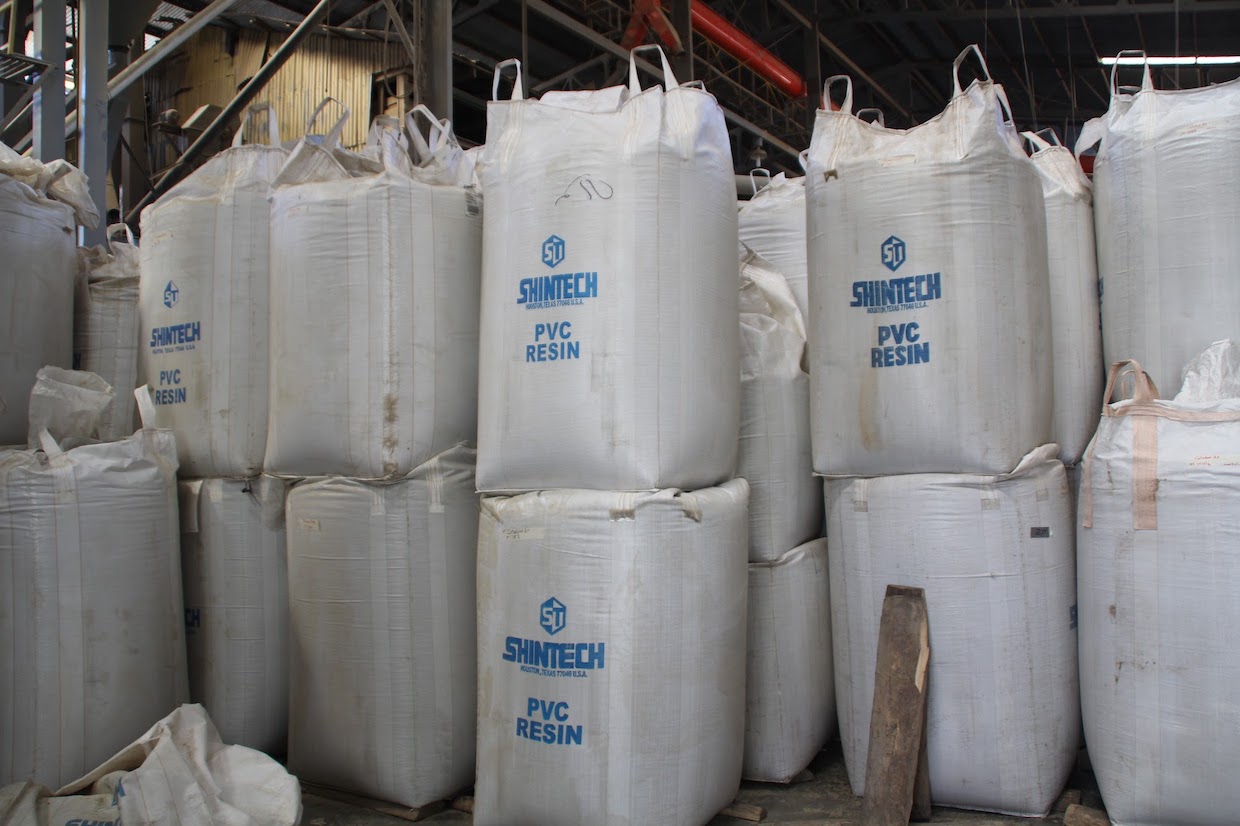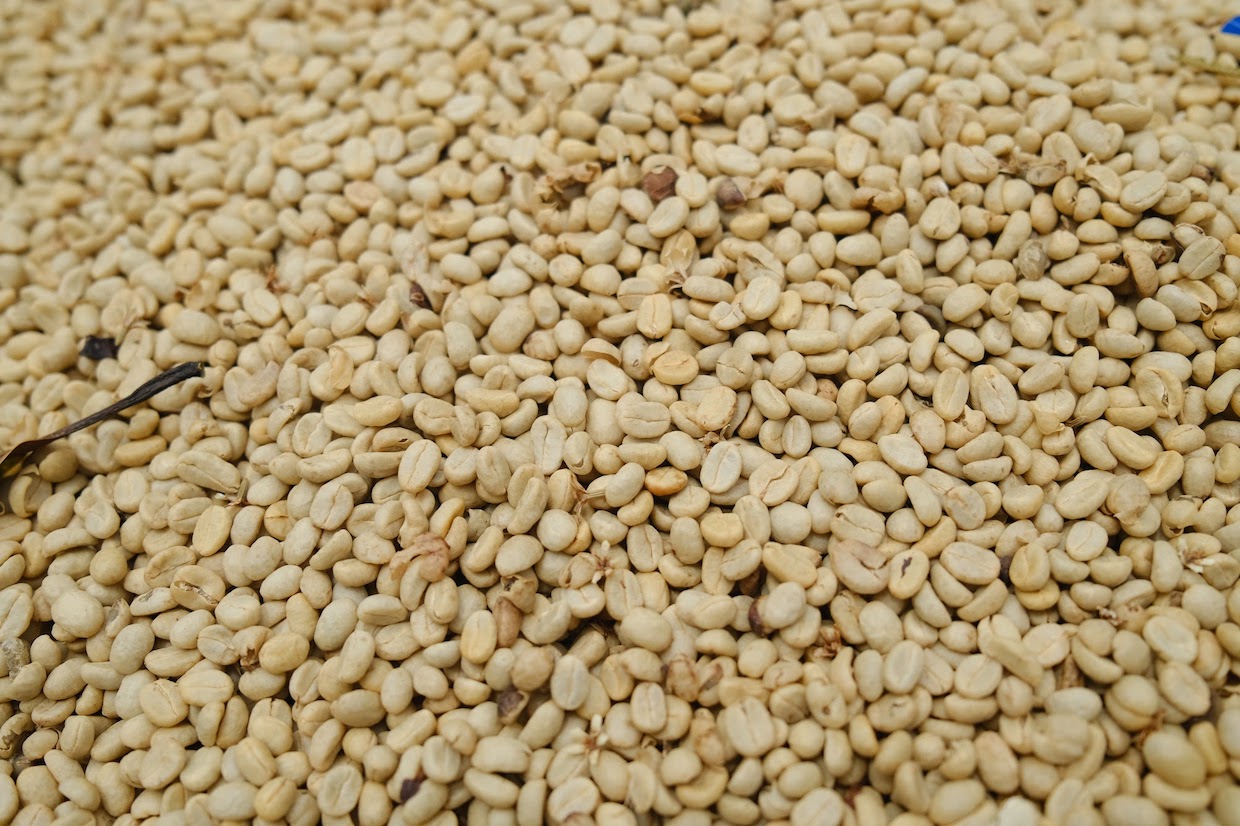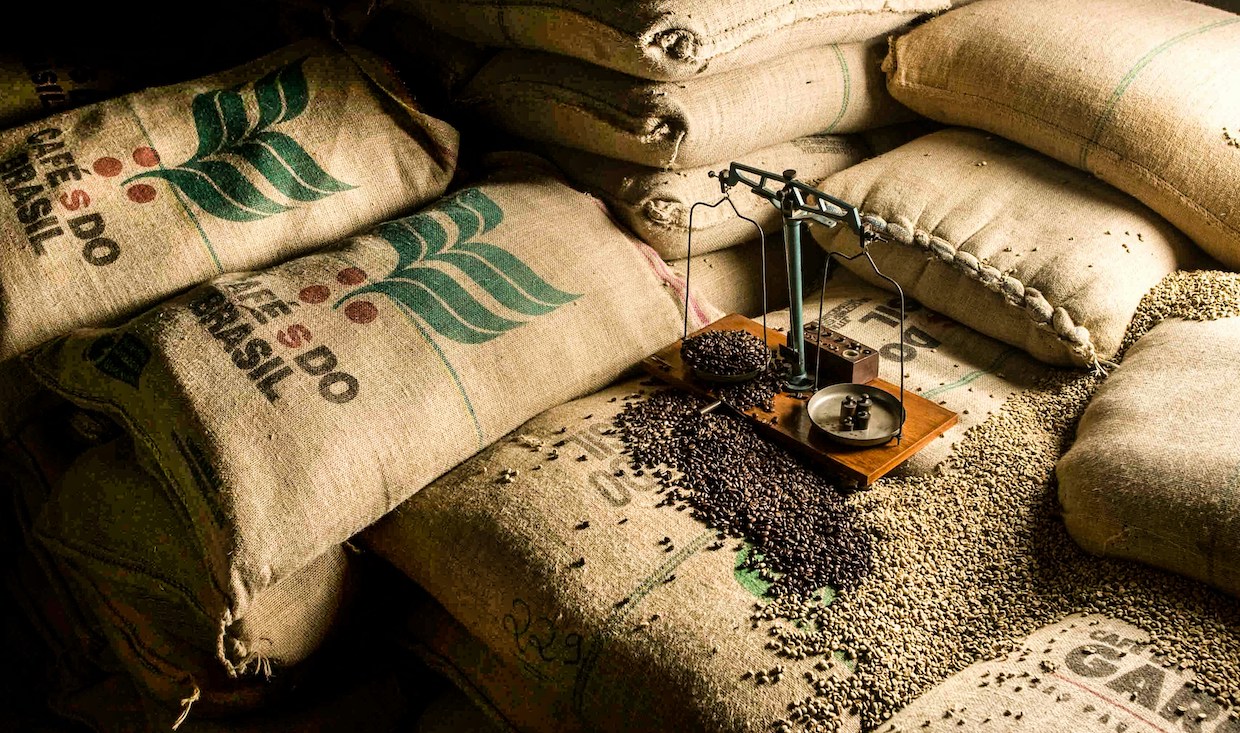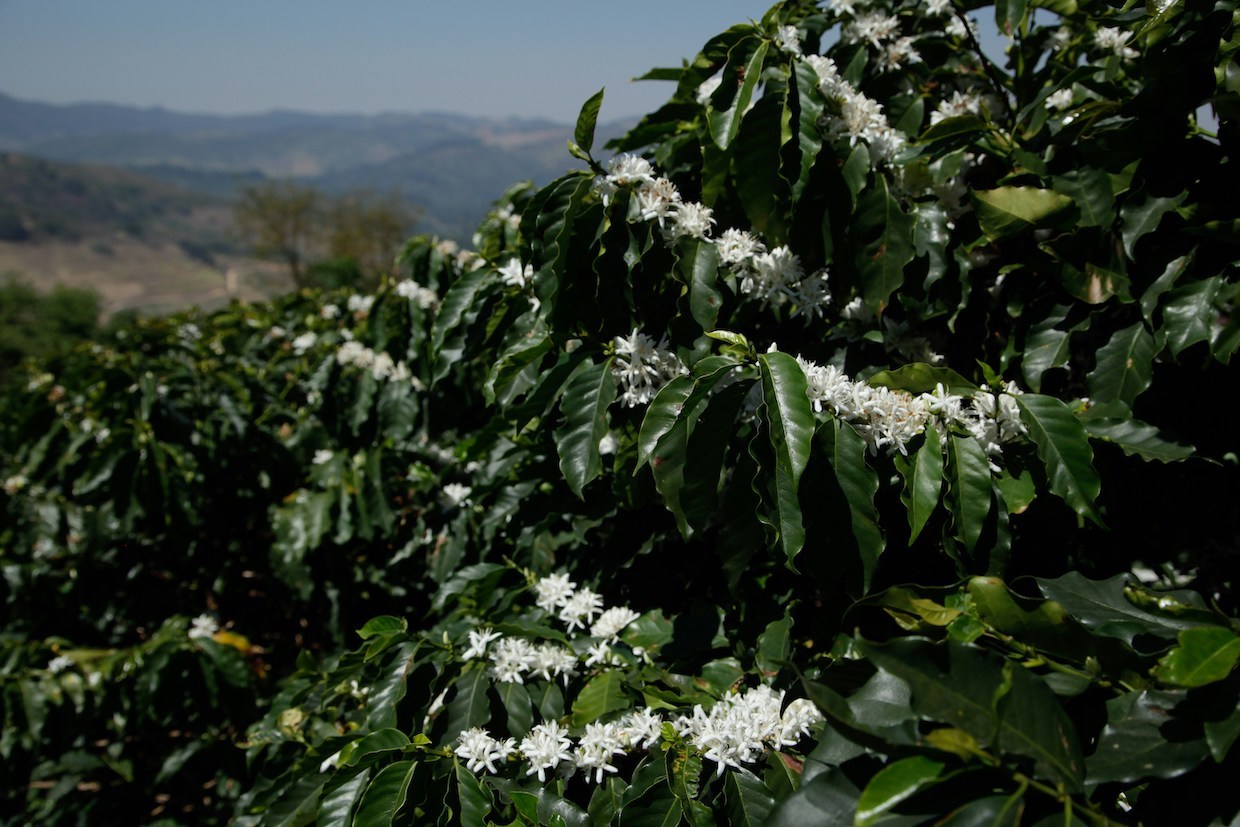The New York-based Intercontinental Exchange (ICE), one of the world’s major commodity trading platforms, said it is phasing out the current U.S.-cents-per-pound benchmark for the arabica coffee trade, known as the “C Price.”
ICE said yesterday that it was immediately pausing the listing of new contract months, with March 2028 being the final date listed for traditional arabica futures contracts. Coffee serial and weekly options contracts will similarly be phased out, with February 2028 being the final month.
New arabica futures contracts will be priced in metric tons, rather than using U.S. cents per pound. Additionally, the new contracts will allow coffee to be stored in Flexible Intermediate Bulk Containers, commonly known as FIBCs, or “super sacks.” These large, flexible bags that can hold substantial quantities of coffee beans are commonly found throughout coffee warehouses.
As the three-year sunset on traditional C contract pricing begins, launch dates for the new contract types have not yet been announced. Yet the move is certain to dramatically reshape how commodity coffee pricing is communicated and benchmarked within the coffee industry.
“To me it makes sense, and I’m surprised they didn’t do it a while ago,” commodities expert Judith Ganes of J Ganes Consulting told DCN following yesterday’s ICE announcement. “It now aligns with London in dollars per ton and [is an] easier conversion from tons to 60-kilo bags. Also it takes into consideration big bags now, and bulk shipping. Price-by-the-pound was becoming more obsolete.”
The coffee “C” contract has been a cornerstone of global coffee trading for decades, allowing buyers and sellers to lock in prices for future delivery of arabica coffee beans while providing a global reference point for prices.
Originally created by Central American producers who sought to differentiate their coffees from Brazilian coffees — the “C” originally stood for “Centrals” — the C Price as we know it dates back to 1969. As a price reference, it has been characterized by volatility, particularly in the free market era since the 1989 collapse of the International Coffee Agreement on quotas.
Without some other significant interventions, the ICE change is not likely to reshape the underlying dynamics of the arabica trade globally. However, it will require market participants to recalibrate their calculators.
Ganes likened the change to when the ICE’s contract for frozen concentrate orange juice (FCOJ) was updated from 55-gallon drums to bulk containers, better reflecting the standard practices within the industry.
“It will take some getting used to [differential] quotes for arabica being aligned, but that isn’t really a challenge,” Ganes said of ICE’s coffee conversion from USD to metric. “It just becomes a one-time adjustment on spreadsheets to align historical data, but [it’s] not hard to do. And, probably, most have it converted already both ways to look at the arbitrage.”
Comments? Questions? News to share? Contact DCN’s editors here. For all the latest coffee industry news, subscribe to the DCN newsletter.















